Fungi: Journals & Articles
Further resources, if available, can be found in our full bibliography.
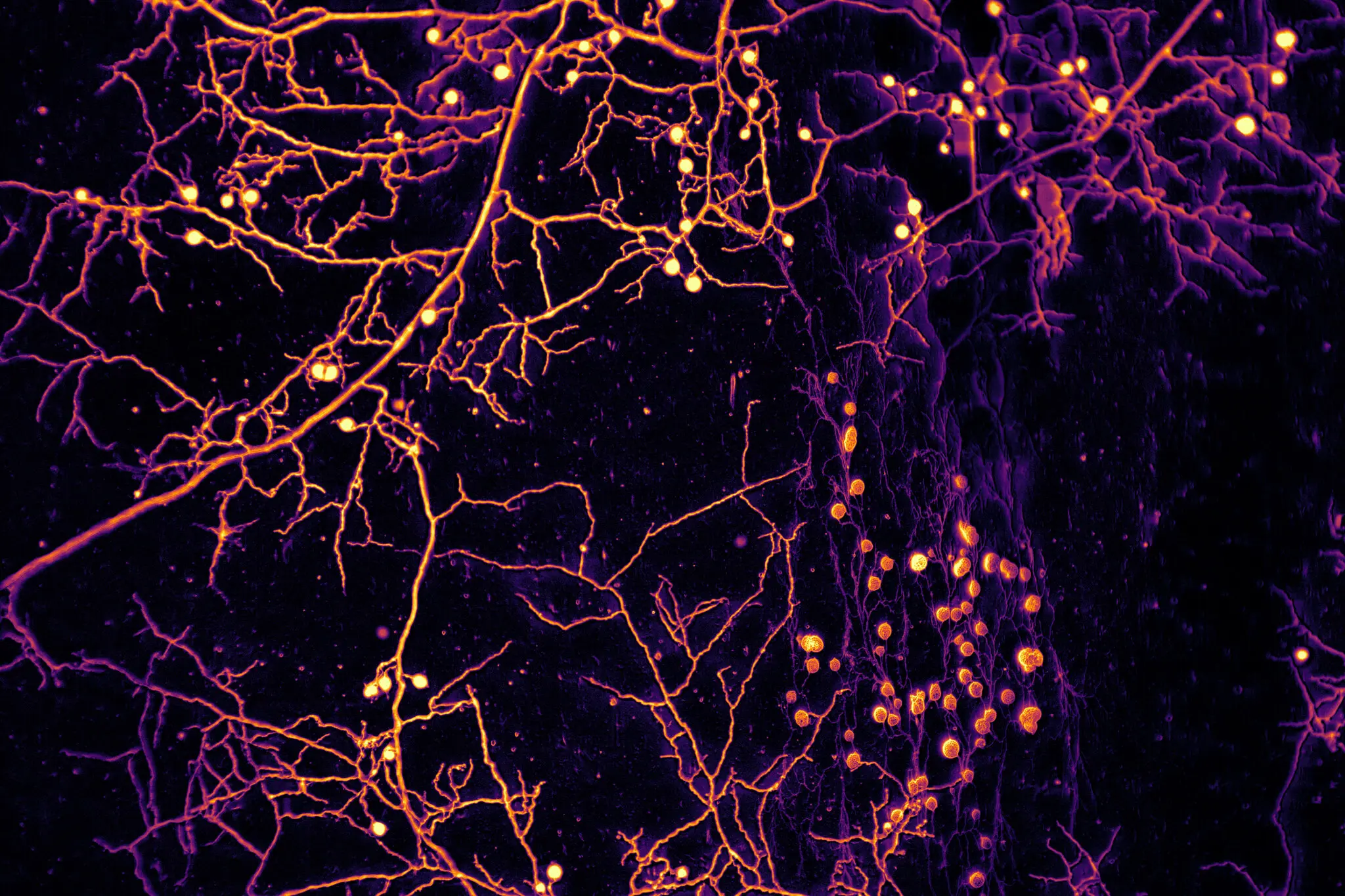
Fungi, including molds, yeasts, and mushrooms, are pervasive organisms that can travel through the air, water, and on animals, allowing them to colonize diverse environments. Their spores are microscopic and lightweight, facilitating long-distance dispersal. This adaptability enables fungi to thrive in various habitats, from forest floors to urban settings, playing crucial roles in ecosystems as decomposers and symbionts.
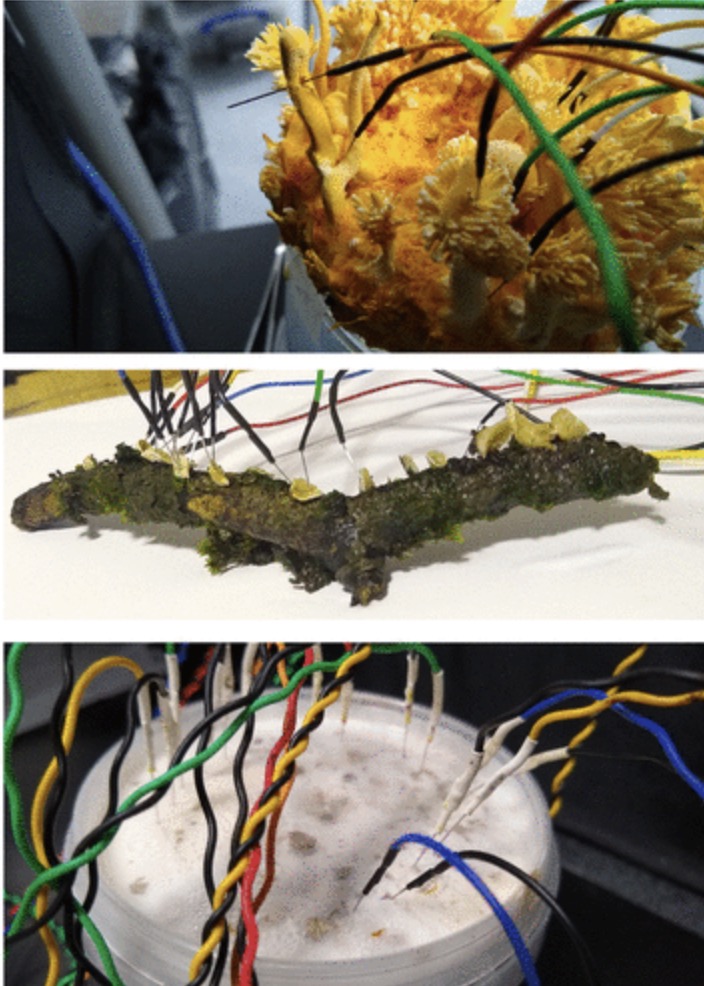
"Language of Fungi Derived From Their Electrical Spiking Activity"
Andrew Adamatzky
Fungi exhibit oscillations of extracellular electrical potential recorded via differential electrodes inserted into a substrate colonized by mycelium or directly into sporocarps. Adamatzky analysed electrical activity of ghost fungi (Omphalotus nidiformis), Enoki fungi (Flammulina velutipes), split gill fungi (Schizophyllum commune) and caterpillar fungi (Cordyceps militaris). The spiking characteristics are species specific: a spike duration varies from 1 to 21 h and an amplitude from 0.03 to 2.1 mV. Adamatzky found that spikes are often clustered into trains. Assuming that spikes of electrical activity are used by fungi to communicate and process information in mycelium networks, he groups spikes into words and provide a linguistic and information complexity analysis of the fungal spiking activity, thus demonstrating that distributions of fungal word lengths match that of human languages. He also constructs algorithmic and Liz-Zempel complexity hierarchies of fungal sentences and show that species S. commune generate the most complex sentences.

This short article introduces the concept of fungal cognition to a non-scientific audience.
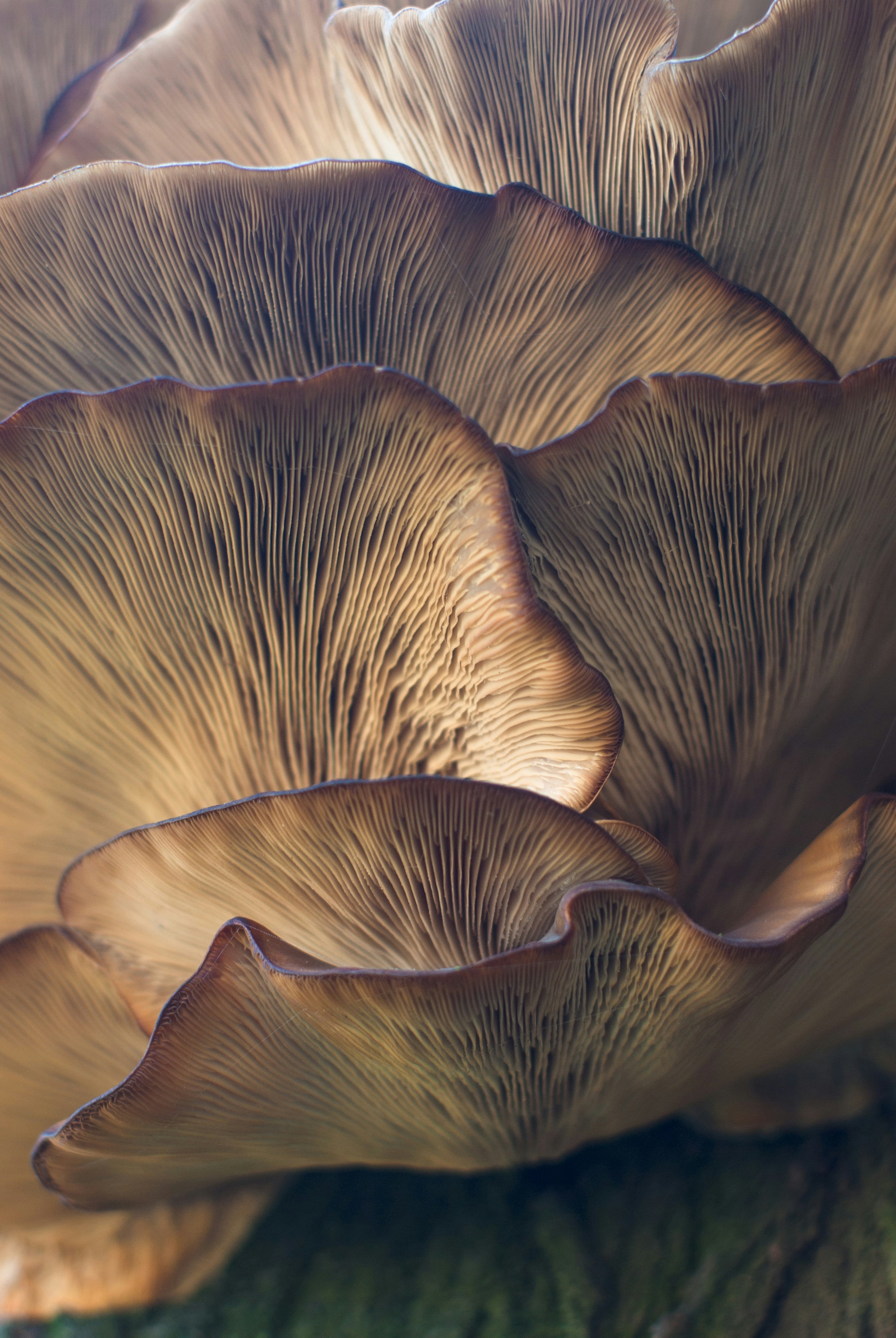
"Hyphal and Mycelial Consciousness: The Concept of the Fungal Mind"
Nicholas P. Money
Like other cells, fungal hyphae show exquisite sensitivity to their environment. This reactiveness is demonstrated at many levels, from changes in the form of the hypha resulting from alterations in patterns of exocytosis, to membrane excitation, and mechanisms of wound repair. Growing hyphae detect ridges on surfaces and respond to restrictions in their physical space. These are expressions of cellular consciousness. Fungal mycelia show decision-making and alter their developmental patterns in response to interactions with other organisms. Mycelia may even be capable of spatial recognition and learning coupled with a facility for short-term memory. Now is a fruitful time to recognize the study of fungal ethology as a distinctive discipline within mycology.
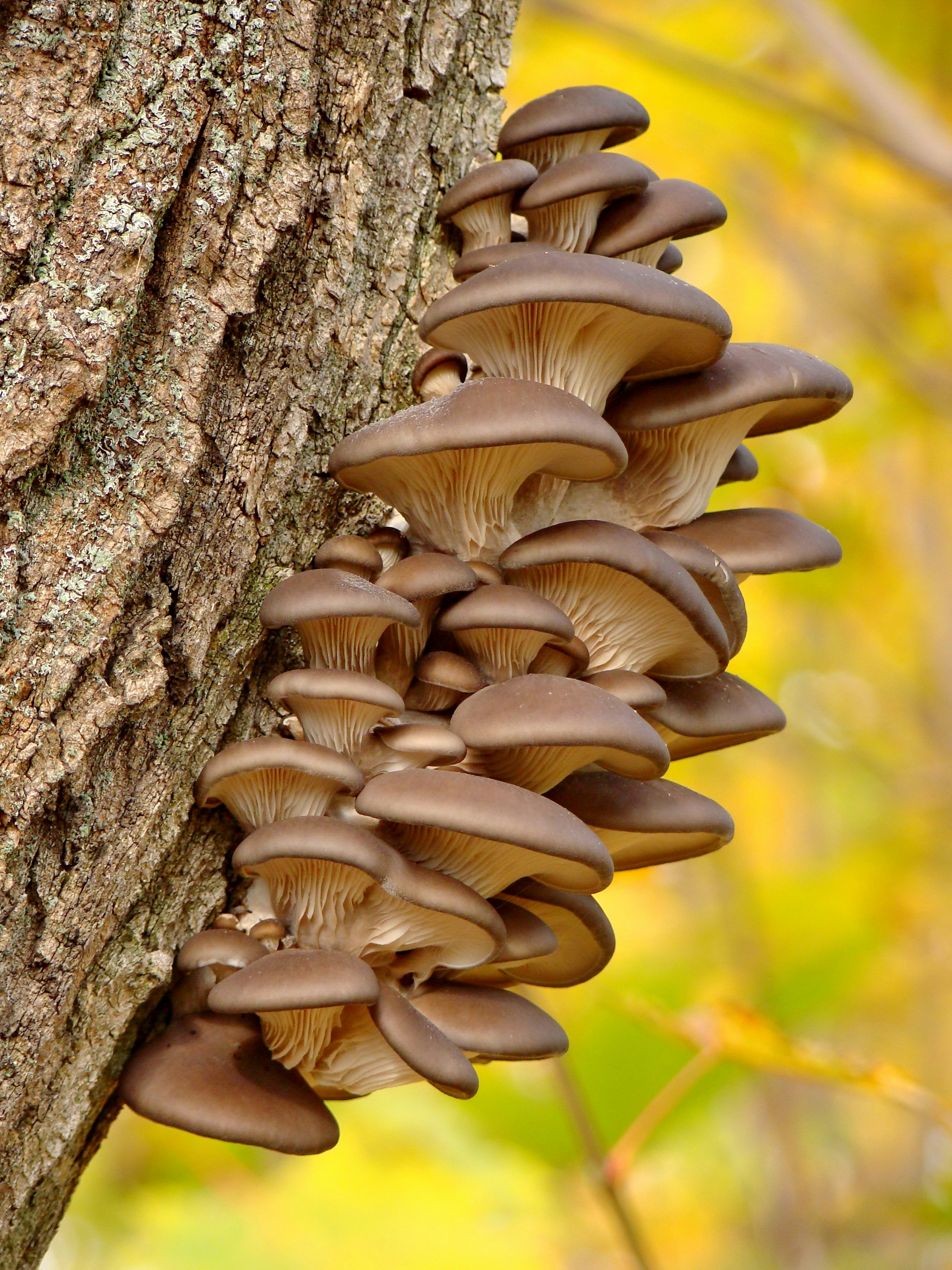
"Quorum Sensing: A Less Known Mode of Communication Among Fungi"
Sajad Ahmad Padder, Rajendra Prasad, Abdul Haseeb Shah
Quorum sensing (QS), a density-dependent signaling mechanism of microbial cells, involves an exchange and sense of low molecular weight signaling compounds called autoinducers. With the increase in population density, the autoinducers accumulate in the extracellular environment and once their concentration reaches a threshold, many genes are either expressed or repressed. This cell density-dependent signaling mechanism enables single cells to behave as multicellular organisms and regulates different microbial behaviors like morphogenesis, pathogenesis, competence, biofilm formation, bioluminescence, etc. guided by environmental cues. In the present review, recent advancements in the study of different fungal quorum sensing molecules (QSMs) and quorum sensing inhibitors (QSIs) of fungal origin along with their mechanism of action and/or role/s are discussed.
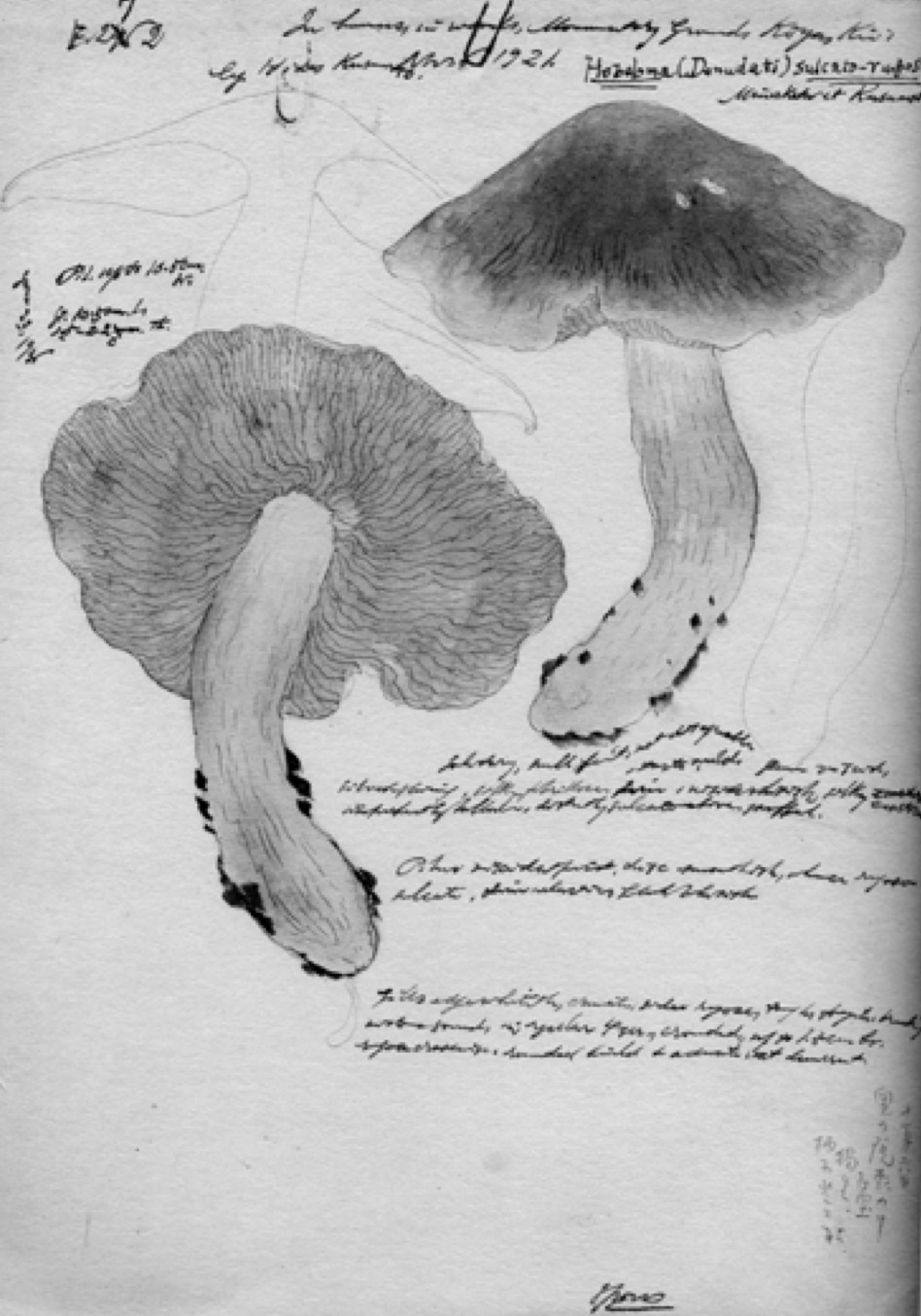
This article explores the complex and interconnected world of fungi, particularly the mycorrhizal networks that form symbiotic relationships with tree roots in forests. It portrays this underground fungal world as a “city” teeming with life, where nutrients are exchanged, and even hunting occurs. The article critiques humanity’s destruction of this cosmopolitan underground ecosystem through industrial agriculture, which replaces natural nutrient exchanges with artificial fertilizers. It also highlights the passionate community of fungal enthusiasts, from foragers to scientists, who engage deeply with fungi. The article underscores the importance of noticing and appreciating these often-overlooked organisms, advocating for a more inclusive science that recognizes the value of fungi in both ecological and cultural contexts.
Photo Credit: adege/Pixabay